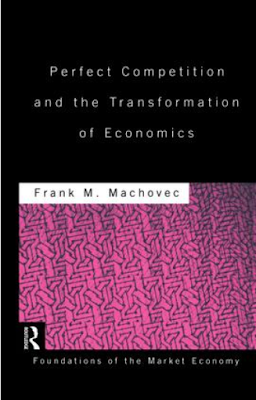If one were to pick the one theoretical component that distinguishes Austrian from mainstream economics, it would surely have to be the presence of the entrepreneur. Neoclassical economic analysis has almost nothing to say about the entrepreneur. Its equilibrium analysis proceeds in terms of the eradication of all profit opportunities, and, if there are no profits there will be no entrepreneurs. More accurately, the entrepreneur is that shadowy figure who ensures that profits cannot last for very long in the theory. His appearance is instantaneously eradicated en route to the final equilibrium that is the center of the analysis. By contrast, the entrepreneur is the heart and soul of Austrian economics, wherein he is a vibrant, busy, creative, reckless, innovator. He is a prominent, perpetual presence. As Mises and Kirzner affirm, he is the driving force of the market process. For Austrians, economics without the entrepreneur is like the proverbial Hamlet without the prince. If the objective is to understand the how real-world markets work, the entrepreneur must take center stage.
—Peter Lewin and Nicolas Cachanosky, Austrian Capital Theory: A Modern Survey of the Essentials, Cambridge Elements in Austrian Economics (Cambridge, UK: Cambridge University Press, 2019), 65-66.























